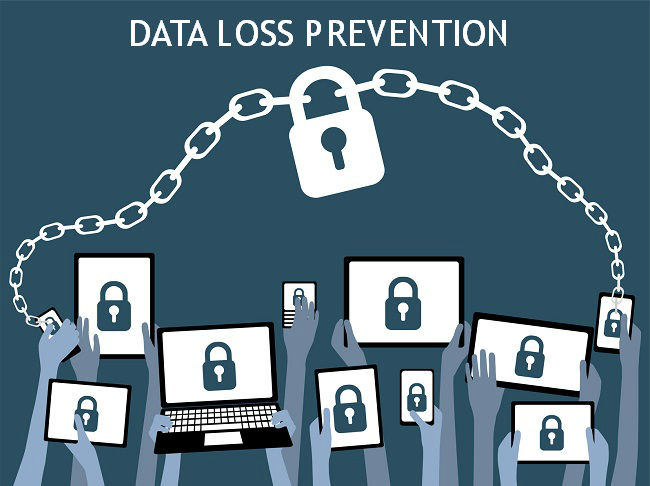
Data Loss/ Leakage Prevention
Until a few years ago, organizations thought of data/information security only in terms of protecting their network from intruders (e.g. hackers). But with growing amount of data, rapid growth in the sizes of organizations (e.g. due to globalization), rise in number of data points (machines and servers) and easier modes of communication (e.g. IM, USB, cell phones), accidental or even deliberate leakage of data from within the organization has become a painful reality.
Broadly, the core DLP process has three components: Identification, Monitoring and Prevention.
The first, identification, is a process of discovering what constitutes sensitive content within an organization. For this, an organization first has to define “sensitive”, which is identified via executing a Data Classification Assessment.
The second component, monitoring, typically deployed at the network egress point or on end-user endpoints, is used to flag data or information that should not be going out of the organization. The monitoring component taps into raw data going over the wire, does some (optional) semantic reconstruction and applies policies on it. Raw data can be captured at many levels – network level (e.g. TCP/IP), session level (e.g. HTTP, FTP) or application level (e.g. Yahoo! Mail, Gmail).
The third component, prevention, is the process of taking some action on the data flagged by the identification or monitoring component. Many types of actions are possible – blocking the data, quarantining it, deleting, encrypting, compressing, notifying and more.
In addition to the above three core components, there is a fourth piece which can be called Control. This is basically the component using which the user can [centrally] manage and monitor the whole DLP process. This typically includes the GUI, policy/rule definition and deployment module, process control, reporting and various dashboards.
